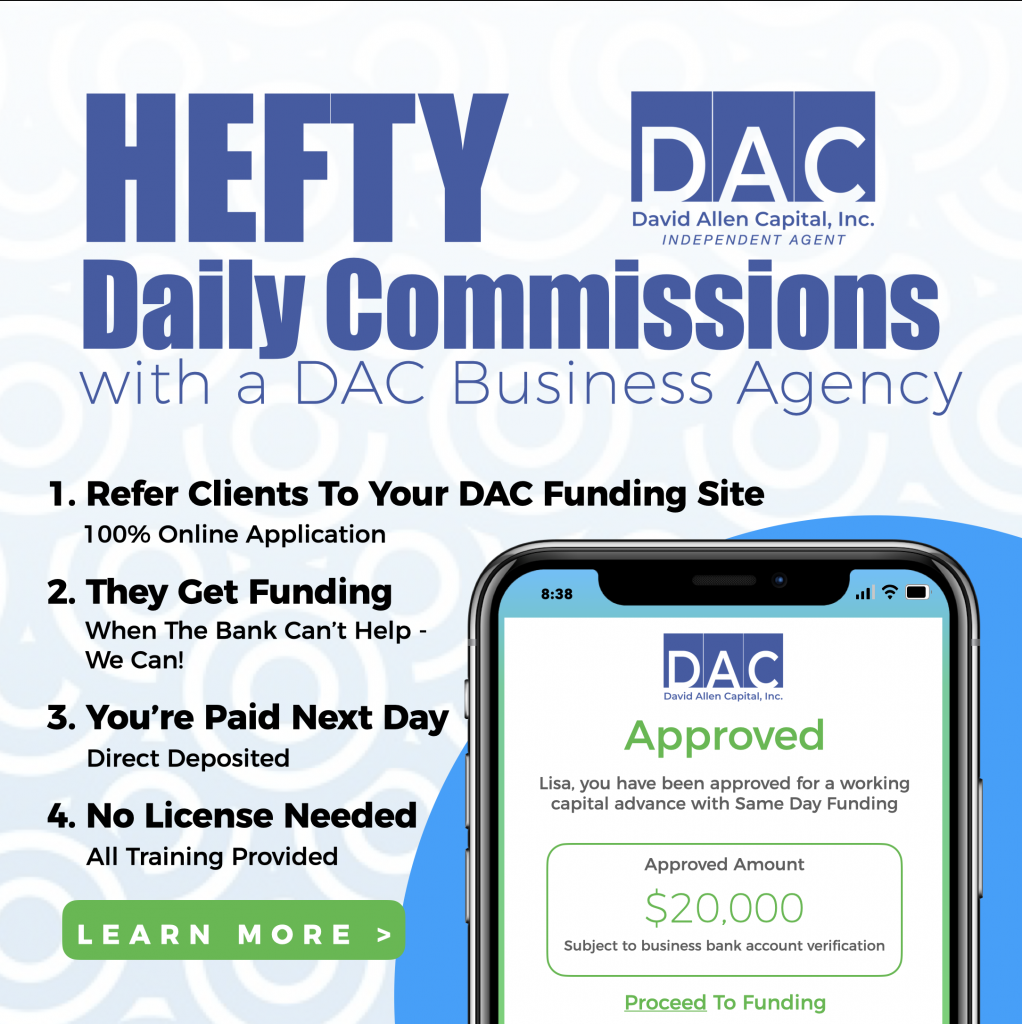(And One Is Very Easy, Wanna Guess Which One?)
There are only 5 ways to increase the money you’re earning in your online business. Every method you might think of falls into one of these five categories. And at least one of these methods can put more money in your pocket within the next week – can you guess which one(s)?
- Get more traffic to your offer
- Increase the profit you’re making on each sale
- Sell more stuff to your current customers
- Cut your expenses
- Make more sales
If you do all five, obviously you’ll see more money. But some of these take more effort than others, so let’s review them one by one:
Get more traffic to your offer
This is much easier said than done. You can tweak your SEO to rank higher, you can solicit joint ventures and recruit affiliates, you can hit social media and even buy traffic. While all of these can be good, none of them tend to be quick or easy.
Increase the profit you’re making on each sale
You might do this by increasing the price of your products. Then again, increasing your prices might decrease your sales, so study the market before you do this.
If you’re providing a service rather than a product, it’s entirely possible you might earn more by charging more, since you can focus on gathering a few big (ie: well paying) clients rather than servicing a lot of low paying clients.
Sell more stuff to your current customers
This can be a really simple thing to do and it’s one of two that I recommend you work on this week. If you don’t have a one time offer, get one. Even if it’s not your product. Buy resale rights or strike a deal with another product owner.
Next, place links to offers on your download page and inside your products. Your download page is the first thing a customer sees after making a purchase, meaning they are still in a buying frame of mind and this is the perfect time to offer them something different but related. And the inside of your products is a great place to make recommendations for appropriate products and services.
Cut your expenses
Unless you have significant expenses to begin with, this won’t give you much return on your time. For example, if you switch hosting to a company that’s $3 cheaper a month, how much are you really saving? You’ll have to switch everything over, and if you’re happy with the service you have now you’re potentially switching to a less reliable service. Use caution with this one.
Make more sales
This might be the easiest of all, as well as the fastest to employ. You’re going to tweak your sales copy and even your sales process to increase your conversion rate. Think about this: You don’t have to drive any more traffic or even offer any more products to make more money with this. You simply need to increase the number of people who say yes.
Let’s say that right now your product sells for $47, it’s converting at 3%, and you’re getting 3,000 unique visitors to your sales page each month. If you increase your conversion rate by just 1%, you’ll make another $1,410 per month.
Best of all, you only need to tweak and test and improve once to reap these added sales for as long as you’ve got traffic going to that sales page.







